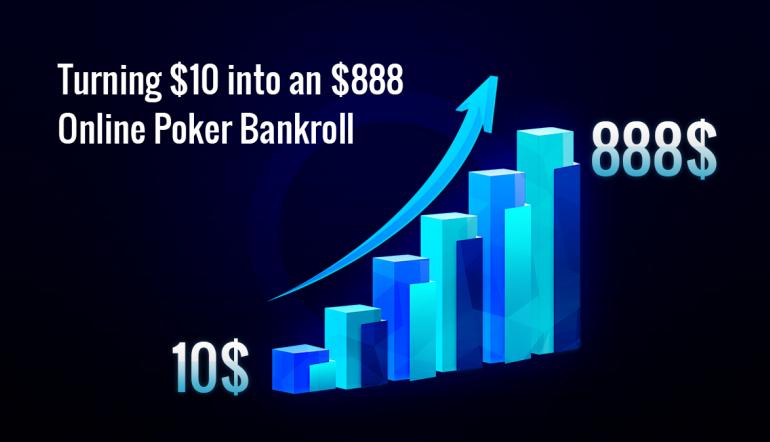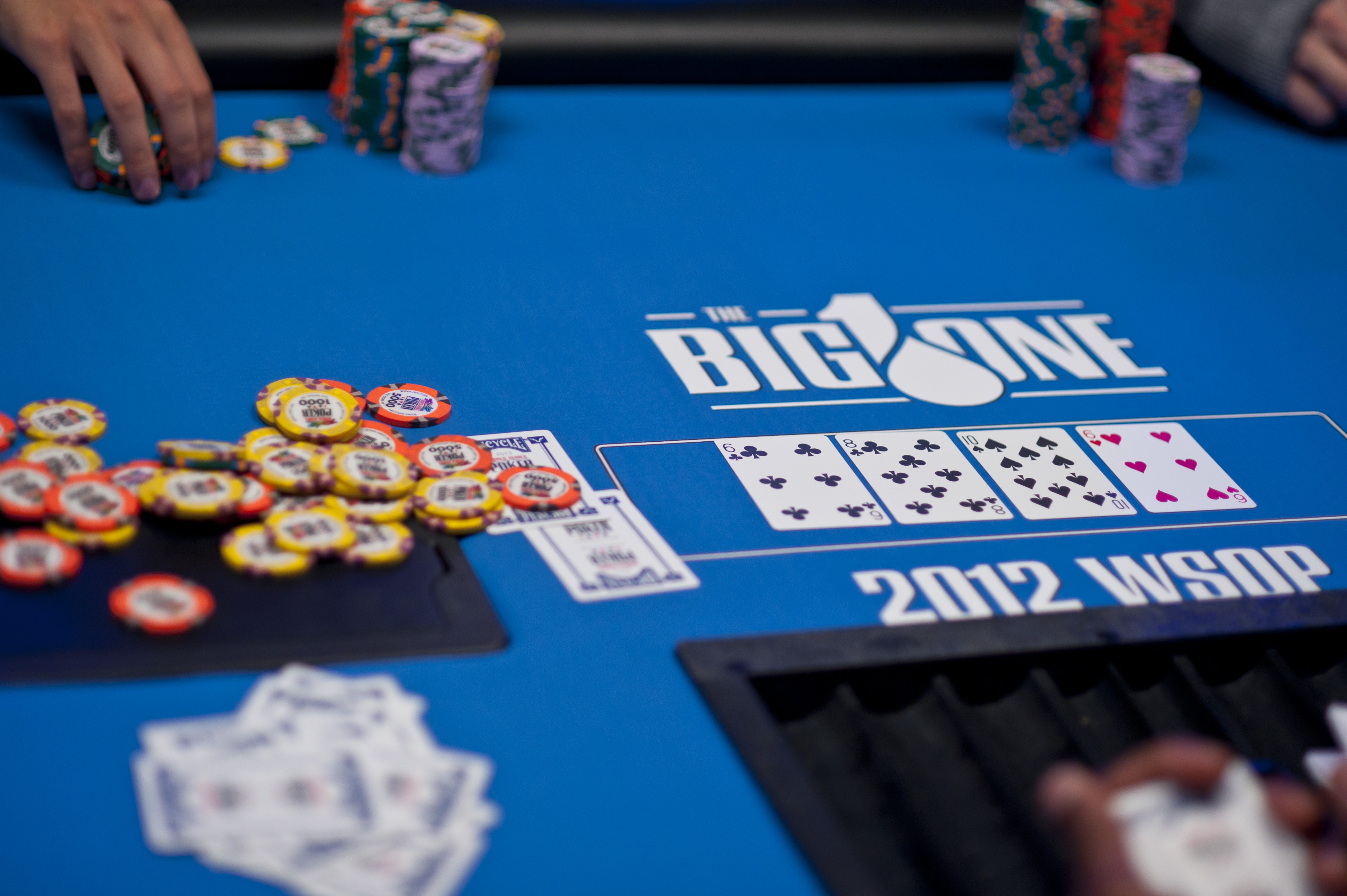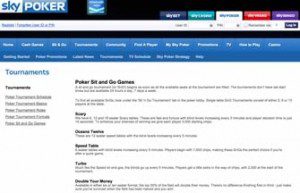Dym Poker Strategy
MarketWatch provides the latest stock market, financial and business news. Get stock market quotes, personal finance advice, company news and more. 30 Day Poker Course. Your money sngs within the online poker. Suggestions on where the best trafic is in dym sngs. Prefrerable a site where somewhere in the range of 45%. Poker Tip Key Takeaway: Be Consistent. Poker is a long-term game. You need time to build your bankroll and find the right cash game or poker tournament strategy that works for you.

Push Fold Charts
These Push Fold Charts will help you understand when you need to either fold or shove your entire stack when you are short stacked in poker tournaments. Please use these charts as a study tool to help you improve your understanding of push fold scenarios.
Free Book: Jonathan Little’s new book –
“Strategies for Beating Small Stakes Poker Tournaments”
will help you with short handed play and other aspects of Poker Tournaments.
You can get a PDF copy free by clicking here.
If you want to access these Push Fold Charts on your phone, download the PokerCoaching.com Mobile App With Free Push / Fold Charts
You can also access the Push / Fold App on your computer to access these and more charts for all seating positions, and several different blind levels.
Also check out our Push/Fold Quiz which will help you test and remember you skills when short stacked.
Load Chart Desired:

Dym Poker Strategy Games

These charts are meant to be used for study purposes. Make sure to check the Terms and Conditions of the sites that you play on to see if this is against the rules to use any of these while you’re in a poker game. If it is against the TOC of the game you are in, you should not use these tools while you play.
Available to suit any bankroll at any level with buy-ins ranging from as little as $1+$0.20 all the way up to the giddy high-rolling heights of $2000+$90, the humble Sit and Go (SNG) or Single Table Tournament (STT) is one of the most universally accepted forms of tournament poker. As beautiful in their simplicity as in their diversity, they come in a wide variety of formats and poker variants: 10-handed or six-max, regular blind structure or turbo, Pot Limit Omaha and Limit Omaha both hi and hi-lo, Limit Texas as well as everybody's favourite – No Limit Texas Hold 'Em.
The focus of this article however, is one of the most basic types of SNG: the 'Double or Nothing' or DoN. This format follows a simple premise – finish in the top half of the field (top five in 10-handed, top three in six-max) and get paid double your money. Sounds pretty easy to make money right? Well yes and no.
Even though it sounds easier to cash here you need to win more regularly than you would if you were just playing a standard SNG – although advertised as Double or Nothing you still have to beat the rake (usually between 8–10% depending on the site) to show a profit: Say you played 100 $10+1 DoN SNG's, that's an outlay of $1,100. Just to break even you have to cash 55% of the time, to show a profit of $100 (around a 9% return on your investment or ROI) you have to cash 60% of the time – yet statistically you only have a 50/50 chance of making the money. However, do not despair – in poker, this is where the skill comes in…
The DoN's while fairly straightforward to play differ from their standard SNG brother in a few subtle ways, playing out more like a satellite where you are rewarded for finishing in the top 50% of the field. Unlike in your regular SNG you are not playing as aggressively – your goal is not to amass all of the chips in play, merely to amass enough chips to reach the payout structure. Get used to folding because you are going to be doing a lot of it.
These are probably one of the more formulaic variants of poker out there and are well suited to the tight ABC style of play – all your chips are valuable and become more so as the tournament progresses and their perceived worth rises alongside the escalating blinds and antes. During the early levels then, you should be playing the top ten starting hands (big pairs from Aces down to Nines and big Aces down to Ace Queen off-suit) and playing them hard and fast when you get them. That's not to say that smaller Pocket Pairs and suited connecters are unplayable; by all means if you can get in cheap and see a flop in late position during the early levels you can often hit a monster for that all important double-up – you just shouldn't be playing them out of position. An early double up will almost guarantee you a cash payout in a DoN, but you do not necessarily have to double up to win – often sitting tight and pulling a few well-timed blind steals during the later levels on the run up to the bubble will see you coast into the cash spots.
Skypoker Dym Strategy
While the average winning stack size is normally around 3,000, the key to success is being aware of the other player's stack-sizes and position relative to the blinds; if someone has a stack of 8,000 for just over half the chips in play, the other four players only need a stack of 1,750 to make the money. The key to cashing here is in avoiding the marginal all-in confrontations during the early levels – unless you are short or are getting amazing pot odds you need to be a significant favourite to call all-in, especially as the bubble approaches. Allow me to illustrate:

You are first in chips with a stack of 4,500 with 6 players left, blinds are 100/200 and you are dealt Pocket Kings under-the-gun. There is another solid tight player with around 4,000 in chips in late position, everyone else has between 1,200 and 1,750 apart from one short-stack who is sitting in middle position with around 900 left. In order to induce the short-stack to re-raise all in (which he may well do with any two cards if it is limped or folded to him with his stack size in relation to the blinds) you have just limped with the intention of limp re-raising to isolate. Under-the-gun plus one min-raises to 400 leaving himself 1,100 behind, the short-stack shoves for 900 total and the solid tight player behind him re-shoves for 4,000 total. What do you do?
Even if this were a standard SNG you would hesitate in making the call here as one misstep could see your 4,300 remaining chips become just over one big blind. In a DoN then, this is an easy fold: Your Kings may well be in front of the short-stacks range here but under-the-gun plus one has to have some sort of hand and for the player in late position with no chips invested in the pot to re-raise all-in, he HAS to have a monster. You fold, under-the-gun plus one calls showing Ace King, the short-stack has Pocket Sixes, the big stack tables Pocket Aces and eliminates both players to burst the bubble leaving you in the money.
Learning to beat the DoN is fairly straightforward and also helps improve your tournament skills, especially in relation to bubble play; as you progress your positional awareness should improve as you need to be aware of the other players chip stack sizes, their position in relation to the blinds and their playing tendencies. Steal from the tight players, value bet the calling stations and learn when to shove and when to fold. While the SNG has a lot to recommend it to poker players of any level, the DoN's in particular are especially good at serving as an introduction to the intricate and intriguing world of poker for the novice player. You won't become a poker millionaire playing DoN SNG's but it's all about volume – the DoN offer you a small but fairly risk free margin to show a profit so all you need is time and lots of patience. Taking a straightforward ABC approach to them makes the DoN a great way to learn how to multi-table in a fairly risk free way. They also present a steady way to make extra money in rakeback or VIP loyalty perks (For example, they are one of the quickest way to hit SuperNova on Pokerstars) or clear a sign up bonus.
Conservative is the way to go here, especially in relation to your bankroll. If you are a wining player and want to be completely sure that you never have to reload, your bankroll should be around 100 buy-ins, so if you are playing $10+$1 your roll needs to be around $1000. The higher your win-rate, the lower bankroll you can get away with. After playing in around 2,000 or so tournaments you should have a fairly good idea of your win-rate and if you're cashing 55% to 60% of the time you should see your roll grow at a steady rate.
While it's possible to play with a smaller roll you should be aware that no matter how great a poker player you are, the occasional downswing is part and parcel of poker and some negative variance might just see you go broke.

The most DoN traffic is found at Pokerstars, but you can find some juicy shorthanded games at Poker770.
Tags
Double or NothingBeginner Strategy